David Mitchell
Well-Known Member
Hi all,
Here is my latest camera to arrive today, its a Purma Special from around 1937, 100% bakerlite, its a 127 camera, however you can just cover the windows and load standard 35mm film in, it produces a square negative (Pete will be happy) but there is a reason why it would need to produce a square negative which I will come onto in a bit.
Sorry about some of the photos, I have set my Nikon so that it doesn't go to stupid ISOs in slightly lower light so the shutter speed is sloooow lol
Anyhow, here are some images of it:
Here it is with the cap on in the ever-ready case:

Cap removed allows the spring loaded lens to pop out, it also means you can't take a photo with the cap on which is useful!

The lens is a Beck Anastigmat F6.3, the focal distance is 2 1/4" - thats right, not in mm!
Here is a photo of it out the case, the later Purma plus (from 1951) were metal and didn't have the same classic design:


Here is the back windows for the 127 frame counter - the 127 film is paper backed like the 120 rolls, so to run 35mm through it you just need to block those up and measure the turns for each of the frames.

Here are all of the controls:

From left to right, shutter release, shutter cocking lever and the film winder....but wait....how do you set the shutter speed? Its got 3 speeds.
Whats this around the view finder?

This camera has a very very unique shutter system, it has an opening much like the set of curtains that go past the film, there is a single spring that fires.
This shutter is a GRAVITY shutter! Basically you hold it normally, the spring fires the shutter at normal speed, hold the camera portrait one way up, the shutter is weighted so one way the weight works against the spring making it fire slower, if you hold the camera the other way up it works with the spring and it goes faster.
Here are some details on it:
R.F. Hunter, Purma Special 127 roll film camera, c1937
Basically the first part of the shutter goes past at the same speed, but the 2nd part of the shutter is variable, if it moves slower there is more gap = slower speed, if there is a smaller gap then that gives a faster shutter speed.
The speeds are 1/25, 1/150 and 1/450 for slow medium and fast, and its why it shoots a square image as then it doesn't matter which way the camera is up as it will always look the same
btw, here is a Purma plus, you can see why I went for the Purma special

Here is my latest camera to arrive today, its a Purma Special from around 1937, 100% bakerlite, its a 127 camera, however you can just cover the windows and load standard 35mm film in, it produces a square negative (Pete will be happy) but there is a reason why it would need to produce a square negative which I will come onto in a bit.
Sorry about some of the photos, I have set my Nikon so that it doesn't go to stupid ISOs in slightly lower light so the shutter speed is sloooow lol
Anyhow, here are some images of it:
Here it is with the cap on in the ever-ready case:

Cap removed allows the spring loaded lens to pop out, it also means you can't take a photo with the cap on which is useful!

The lens is a Beck Anastigmat F6.3, the focal distance is 2 1/4" - thats right, not in mm!
Here is a photo of it out the case, the later Purma plus (from 1951) were metal and didn't have the same classic design:


Here is the back windows for the 127 frame counter - the 127 film is paper backed like the 120 rolls, so to run 35mm through it you just need to block those up and measure the turns for each of the frames.

Here are all of the controls:

From left to right, shutter release, shutter cocking lever and the film winder....but wait....how do you set the shutter speed? Its got 3 speeds.
Whats this around the view finder?

This camera has a very very unique shutter system, it has an opening much like the set of curtains that go past the film, there is a single spring that fires.
This shutter is a GRAVITY shutter! Basically you hold it normally, the spring fires the shutter at normal speed, hold the camera portrait one way up, the shutter is weighted so one way the weight works against the spring making it fire slower, if you hold the camera the other way up it works with the spring and it goes faster.
Here are some details on it:
R.F. Hunter, Purma Special 127 roll film camera, c1937
Basically the first part of the shutter goes past at the same speed, but the 2nd part of the shutter is variable, if it moves slower there is more gap = slower speed, if there is a smaller gap then that gives a faster shutter speed.
The speeds are 1/25, 1/150 and 1/450 for slow medium and fast, and its why it shoots a square image as then it doesn't matter which way the camera is up as it will always look the same
btw, here is a Purma plus, you can see why I went for the Purma special


